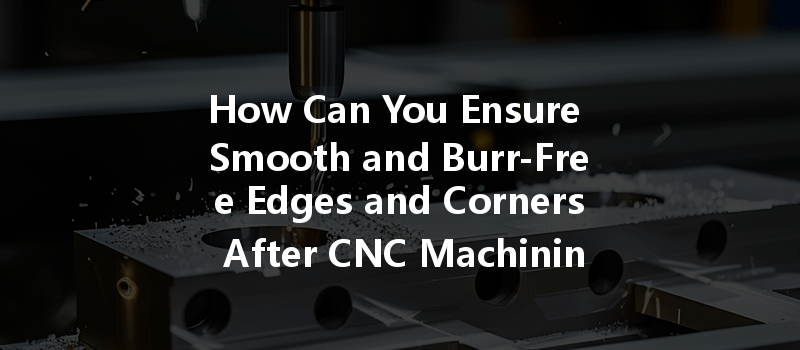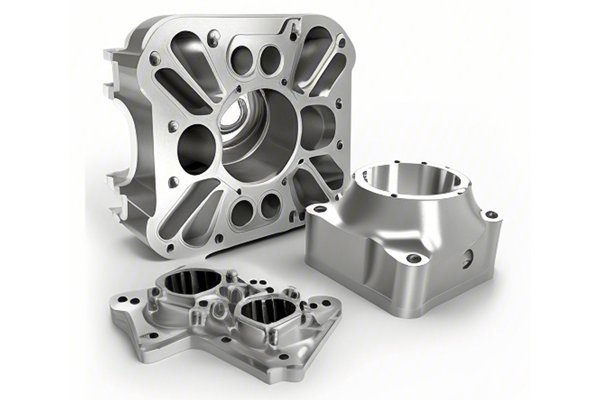Opening
Did you know that nearly 96% of manufacturing companies that utilize CNC (Computer Numerical Control) machining reported improved accuracy and quality in their production processes? However, an essential aspect often overlooked is the quality of the finished product’s edges and corners. Ensuring that these surfaces are smooth and burr-free is not just a cosmetic concern—it directly impacts functionality, safety, and the overall integrity of the final product. In this blog, we will explore various strategies, techniques, and technologies to ensure that your CNC machined parts meet the highest standards of quality and precision.
Understanding CNC Machining and Its Challenges
CNC machining is a process that utilizes computer-controlled tools to create precise shapes and parts from various materials, including metals and plastics. While the advantages of CNC machining are plentiful—such as high precision, repeatability, and the ability to work with complex geometries—there are inherent challenges in producing parts free of burrs and sharp corners.
What are Burrs?
Burrs are unwanted protrusions that appear on the surface of machined parts. They can occur as a result of cutting, grinding, or drilling processes. While tiny burrs may seem inconsequential, they can cause several issues, including:
The Importance of Smooth Edges and Corners
Smooth edges and corners contribute to the overall quality of CNC machined parts. They enhance aesthetic appeal, improve fit and functionality, and minimize risks associated with sharp edges. Below, we will delve into several effective strategies for ensuring smooth and burr-free edges and corners after CNC machining.
Strategies for Ensuring Smooth and Burr-Free Edges and Corners
The choice of tooling can significantly impact the quality of finished edges and corners. High-quality cutting tools designed for specific materials help minimize burr formation. Factors to consider include:
The cutting parameters significantly affect the surface quality of machined parts. Key parameters to optimize include:

The CNC machine’s programming plays a vital role in achieving desired edge quality. Some programming strategies include:
Even when every precaution is taken during machining, burrs may still appear. Effective deburring techniques include:
Advancements in technology have introduced new methods to enhance burr-free machining:
Well-maintained machines operate efficiently and produce better-quality workpieces. Consider the following maintenance practices:
Ensuring smooth and burr-free edges and corners after CNC machining involves more than just choosing the right tools; it requires a comprehensive approach including optimization of cutting parameters, proper programming, and possibly incorporating advanced technologies. As manufacturers strive for the highest standards of quality, understanding these techniques becomes increasingly important.
By implementing these strategies, companies can produce parts that not only meet the aesthetic and functional requirements but also ensure safety and durability. The urgency to improve manufacturing processes continues to grow in a competitive market, making these considerations not just beneficial but essential.
In closing, as we embark on this journey of achieving high-quality CNC machining, remember: the pursuit of perfection in manufacturing is a never-ending process, but with the right tools, techniques, and a commitment to excellence, smooth and burr-free parts are well within reach. Investing time and resources into improving these aspects of your machining processes is pivotal to sustaining competitive advantage, customer satisfaction, and overall operational efficiency.






